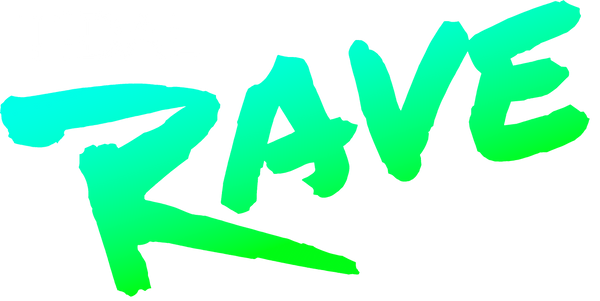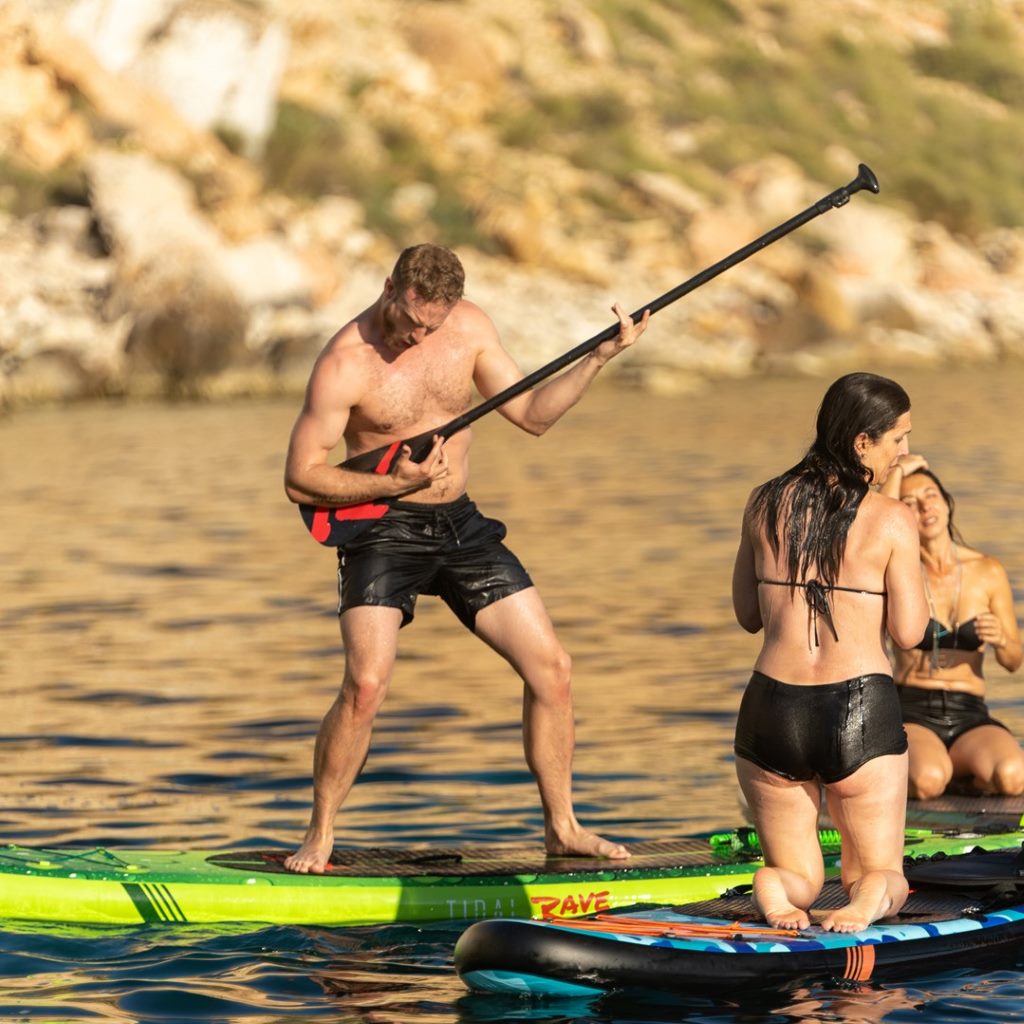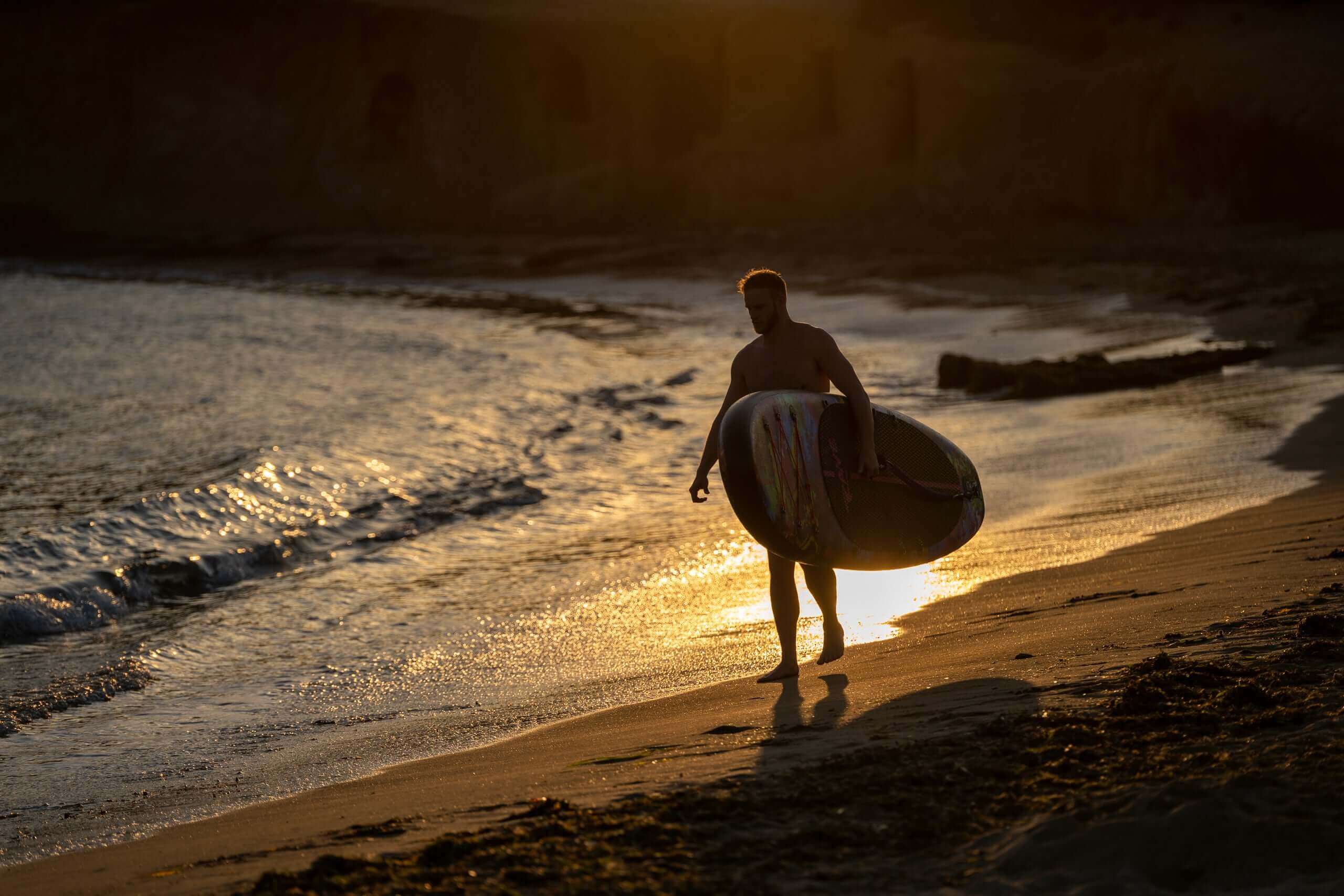I get that part of the draw of paddle boarding is the fact that we look incredibly cool and that image of coolness is often punctured by an unwieldy life jacket. It looks a little underwhelming, but that’s not the point - the point is to keep you safe in the water and that’s what I want to discuss in this article.
If you are asking the question, do I need a life jacket to paddle board, read on! I discuss regulations (or lack of) in the UK, the different types of life jacket, and the considerations to make on if you wear one or not.
Regulatory and Legal Requirements
Compared to the US where the Coast Guard has strict regulations on paddleboard safety, information in the UK isn’t as readily available and the only regulation relating to life jacket usage relates to hard paddleboards used off the coast.
Regulations state that if your hard board is 3.5m or longer, you can navigate up to 2 nautical miles from the shore, but you must be equipped with a life jacket, towing device, light tracking device and leash.
Other than that, when looking at do I need a life jacket to paddle board, it’s essentially a case of personal choice.
To Wear or Not to Wear?
I’m an advocate of safety as even the calmest waters can be dangerous, so in most instances, it’s best practice to wear a PFD or at least have one handy on your paddle board. However, I completely understand that everyone’s circumstance is different so below, I discuss the main considerations when looking at wearing life jackets.
Your physical fitness
Physical fitness plays a huge role in your ability to combat tidal waters and stay afloat. If you are strong, fit, and exercise regularly, you most likely have a greater ability to get back on your board quickly if you fall off and stay afloat and in these instances, you may be comfortable not wearing a life jacket, or simply carrying a small PFD that fits around your waist like a bumbag.
Your swimming ability
I’m a strong swimmer and am extremely comfortable in the water so I am confident that I can easily swim back to my board if I fall off. Not everyone is the same though and there are plenty of paddle borders who aren’t great swimmers.
In these instances, if you aren’t confident in your ability to swim, a life jacket is essential. For non-swimmers, submerging in the water after a paddle board fall can be daunting and it can result in panic - having a life jacket helps override that panic and keep you safe where your swimming skills can’t.
The water type

One of the best paddle boarding tips for newbies I like to give is to understand the water type and this also applies to safety and wearing a life jacket. By understanding the water type you can gauge the need for a life jacket or the type you take.
For example, if you are paddle boarding on open waters off the coast, I ALWAYS recommend wearing a life jacket as the sea can be especially dangerous even for seasoned paddle boarders. In contrast, if you are paddle boarding along a relatively shallow river, stream, or canal with easy access to the banks, you may not need a life jacket at all.
Different Types of PFD for Paddleboarding
There are a range of different life jacket types or PFDs (Personal Flotation Devices) and it’s important to have a grasp of what each one does. In most instances, Type 2 and Type 3 PFDs are great for paddleboarding.

Stay safe with our Tidal Rave Buoyancy Aid Jacket.
- Type 1: These are the bulkiest PFDs but offer the best buoyancy for open water use at 22 lbs and will turn you face up in the water.
- Type 2: These are designed more for open water use, have a buoyancy of 15.5 lbs, and will turn you face up in the water. They are a little smaller and easier to use than the bulkier Type 1 PDFs.
- Type 3: These are the most ideal PFDs for paddleboarding due to the armless design and the flexibility in movement they provide. If you want a combination of safety and function, this is the PFD I recommend.
- Type 4: These are not worn devices but instead are typically thrown into the water for someone to grab onto.
- Type 5: These are generally special-use devices including paddling vests, inflatable life jackets, and windsurfing harnesses.
Know Your Limits and Stay Safe on the Waters
When looking at paddle boards for beginners, safety is always important including the use of a life jacket. For your first few water adventures, I recommend using a PFD even if you are a strong swimmer. Once you get accustomed to the water, you have to do what’s right for you and what you feel comfortable with but always take your safety seriously.




